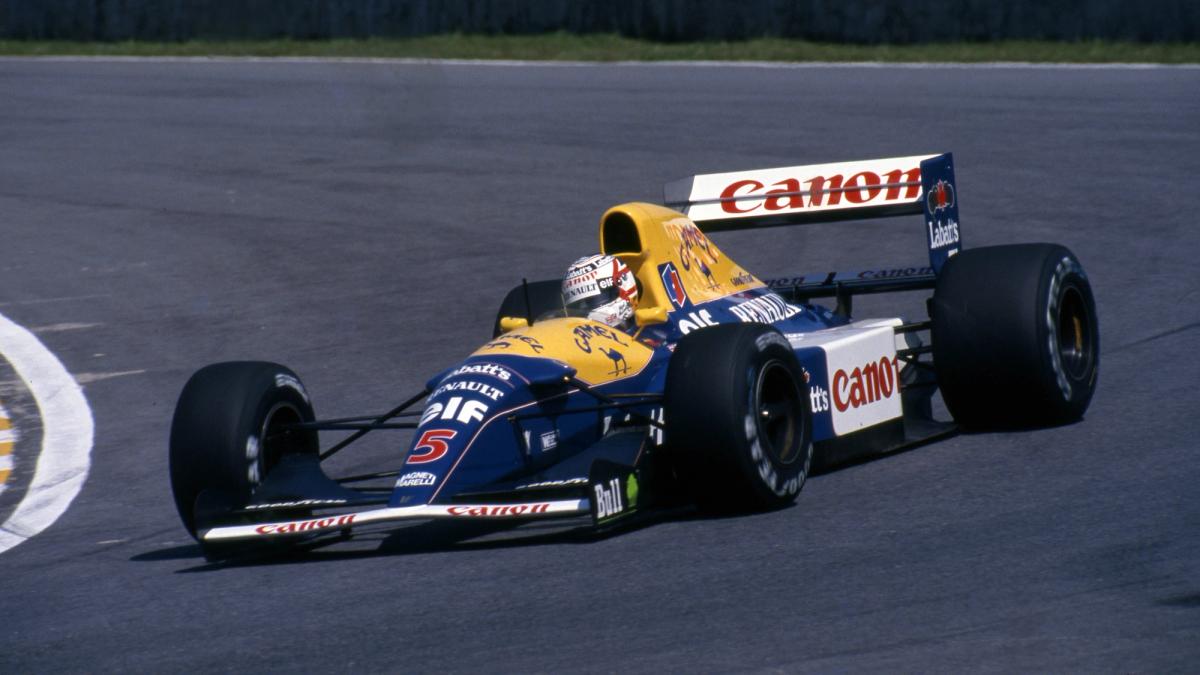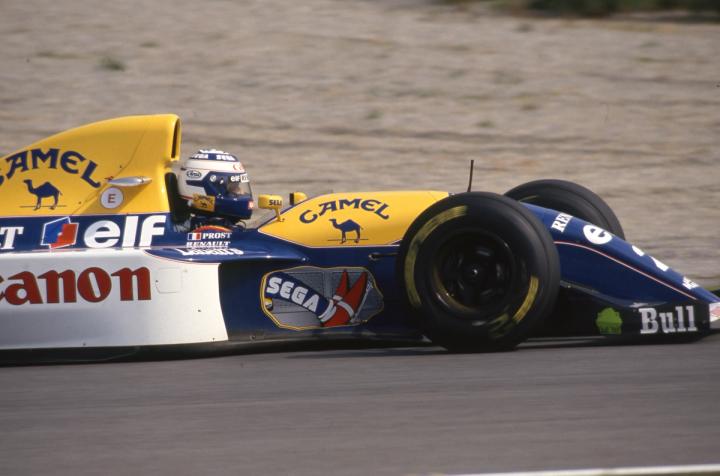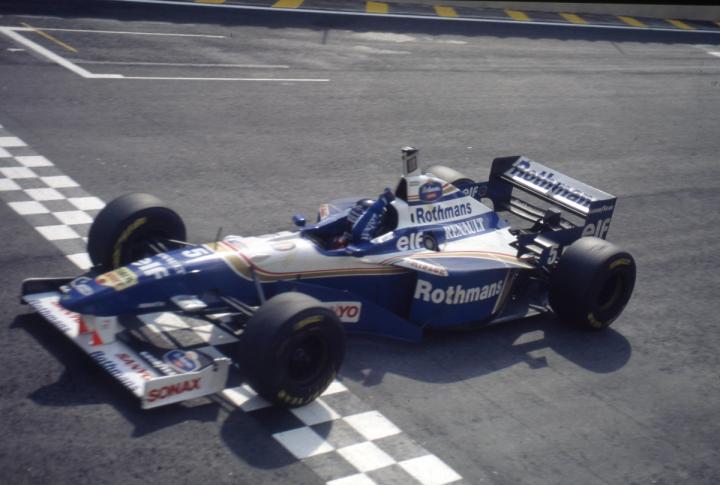Williams Racing had not only become a mainstay in Formula 1 through the 1980s, but Frank Williams and Patrick Head quickly established that their team could compete with the very best.
Yet, for all the wins and championship celebrations in the first dozen years, the best was still to come.
Williams had already proven their engineering potential, and the 1990s saw the realisation of what the ingenious minds could create for some of our most iconic names to drive.
The Early 90s: Refinding Form
Honda's departure to McLaren in the late 80s led to some soul-searching seasons for Williams as Ayrton Senna and Alain Prost intensified their rivalry in repeat championship fights at the top.
Some wins came in 1989 and 1990, but a turning of the tide only came in 1991 alongside Nigel Mansell's return as we got a handle on Renault's 3.5-litre V10 engine.
However, Nigel wasn't the only signing that brought about a change of fortunes.
Patrick signed a relatively new name in the Formula 1 world, who would later become synonymous with success: Adrian Newey.
The partnership between Patrick and Adrian led the 1991 challenger to multiple runs of consecutive victories between Nigel and teammate Riccardo Patrese, not to mention kept Williams in the Constructors' Championship hunt until the last round.
Finessing this winning combination followed in 1992 with an evolution of the already impressive 91 car to create the highly advanced FW14B.
While teething problems caused mechanical retirements in 1991 with the FW14, the FW14B ironed out those gremlins and introduced traction control and an improved cutting-edge active suspension system.
The result was 10 victories and pole position at all but one race (where Riccardo was just 0.097s adrift) in a controlling season that finally had Nigel become champion after three previous P2 championship finishes.
Settling in at the Top: Triple-Championship Triumphs
Alain Prost in the FW15C.
After clinching our third double-title glory in 1992, the question was whether a new driving partnership could repeat the achievement in 1993.
Nigel had retired from F1 to head stateside while Riccardo left to join Benetton.
This changing of the guard saw a combination of experience and emerging talent come to our Oxfordshire base as three-time champion Alain Prost joined alongside F1 newcomer Damon Hill.
Again, the Patrick and Adrian combination developed a potent engineering masterpiece, the FW15C, combining the technology from the championship-winning FW14B with improved aerodynamics.
Alain won on his debut and stormed to 13 pole positions at the 16 races that season, with Damon picking up two P1 starts in his maiden full season to see Williams taking an incredible 30 poles over a 32-race period.
As you might expect, the Alain-Damon partnership matched their predecessors, winning both titles, but Alain also mimicked outgoing champion Nigel by retiring from the sport as champion.
With his rival out of Formula 1, Ayrton Senna took the Frenchman's place to join Damon in 1994 but tragically lost his life early in the season at the San Marino GP.
F1 rookie David Coulthard stepped in most of the tumultuous year, with Nigel returning when his CART commitments allowed.
Together, the all-British Damon-David-Nigel combination brought home the seventh Constructors' Championship title and our third successive season of success.
Making History: Taking Talent to Titles
Damon crosses the line in P1 at the 1996 Brazilian GP.
Damon and David continued into 1995, but the drives of German Michael Schumacher had Williams end the year without the Constructors' or Drivers' titles.
That season would prove the blip in a six-year run, however, and new signing Jacques Villeneuve, the 1995 CART champion, came in alongside Damon for an all-Williams title fight.
Jacques' retirement in the 1996 season finale ended his hopes of becoming the rookie champion; Damon instead reigned supreme in a year where Williams finished 105 points ahead of the runners-up.
Damon's title-winning success saw him become the first F1 driver to follow in their father's footsteps to become a world champion, taking the crown 28 years after Graham Hill's second and final championship.
Jacques, son of an F1 race winner himself, didn't have to wait long for his chance to join the record books, though, with a title scrap against Schumacher in 1997.
As had happened one year earlier, the fight went down to the final race, and a dramatic moment between Jacques and his German adversary saw the latter's disqualification from the entire championship season after a deliberate collision.
Nonetheless, Jacques and Williams took both titles, our most recent successes, to see us with the 16 titles we proudly have today.
The exit of Renault from Formula 1 and Adrian's departure from the team ahead of 1998 led to two winless seasons, but we again fought back to reach the winner's step when we entered the new millennium.
2024 Season Launch
Sign up and claim your official Williams Racing Driver Card now, to receive all the details of our 2024 Season Launch first.
Related Tags:
Powered By
© the Williams Group, under licence to Williams IP Holdings LLC
Williams Grand Prix Engineering Limited is a company registered in England and Wales under company number 1297497.
Its registered office is at Grove, Wantage, Oxfordshire, OX12 0DQ
Powered By






